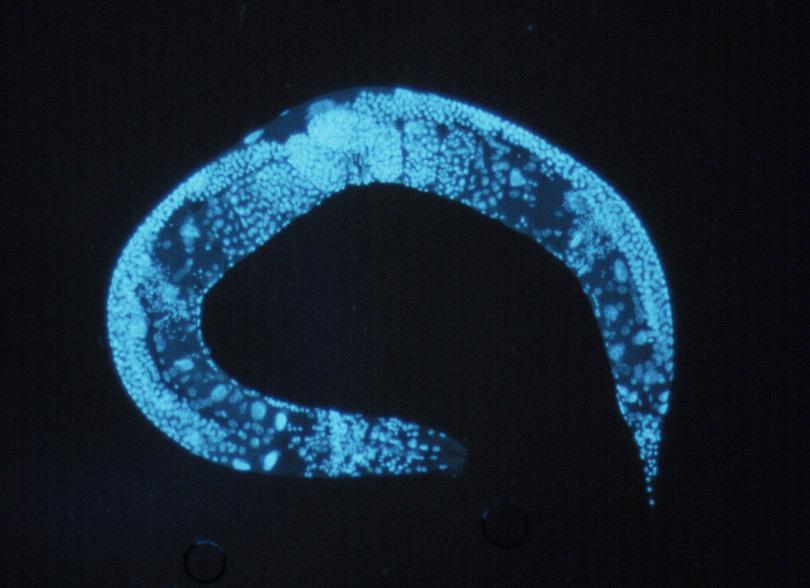Today’s guest post is by Tiffany Timbers, a neurogenomicist at Simon Fraser University. Follow her on Twitter: @TiffanyTimbers. This post about the Genetics Society of America 20th International C. elegans Meeting first appeared on Tiffany’s blog and is republished here with her permission.
I just recently returned home from the 20th International C. elegans Meeting at UCLA. I have to say that I absolutely love attending this meeting, not only for the amazing science that I see there at every meeting (highlights this year include new CRISPR/Cas9 genome editing strategies and automated microinjections) but also because of the community. The worm community is unlike any other research community I have yet to encounter.
Often times when I come home from a conference I am motivated because I see so much amazing science and I see many new ideas of how I can drive my research forward. At the same time though, I am often stressed out when I come home from a conference because of the immensely competitive atmosphere in science these days (or perhaps it has always been this way). People holding back details of their techniques they are developing, or not sharing gene or protein names so that they do not get scooped, as well as some indescribable competitive undercurrent that you can just “feel” in the air.
The worm meeting feels nothing like this. Yes, you might get some holding back of information, but I think what generates the different feel is the other stuff that happens at the worm meeting. In our community, when two groups realize they are working on an extremely similar project, the first reaction is to propose a collaboration. I directly observed this several years ago between my Ph.D. supervisor, Catharine Rankin, and another worm researcher, Bill Schafer. If that is not a feasible option, then often the two research groups agree to co-submit, or at the very minimum keep each other well informed of where they are at on the projects.
In addition to collaboration, in the worm community there is a standing rule that whenever you create a new reagent (strain or plasmid for example) you share it with anyone who wants it, often by depositing it in a repository. Software resources, such as the many worm tracking systems that have been developed relatively recently, are always open source. There is also a large push for everyone to share their data with the community on Wormbase. And as budgets grow tighter, this year the community has been asked to play a larger role in curating and adding data to Wormbase as we may not have the funds to hire more people to help deal with the data backlog (one of the goals of wormbase is to integrate data from all C. elegans paper into the database).
Humor and creativity also play a significant role in shaping the worm community. This year we celebrated the 10 year anniversary of the worm art show, initiated and still run by the hilarious Ahna Skop. Top highlights for me were the human sized worm costume (which had a vulva so you could expel egg-shaped cushions) and the Wrecking Ball parody titled Weird Alegans. We also have a worm comedy show, and a dance (with a DJ and lasers and fog!). All of these events are not only tremendously fun, but really help to build and keep the community together.
There is a significant effect of attending a worm meeting. On the new graduate student, there’s a realization that there’s another level as to how fun science can be, and that there are people who are really, truly interested in what they are doing. For the returning grad student, post-doc or PI, there’s a sense of coming home and reconnecting with amazing people you do not get to see often enough. And in these tight times of science budgets, these meetings let you really see the amazing research that stems from all of us working together using C. elegans as a model and convinces you to stick with this elegant little worm.
Can’t wait to see everyone again at the next International worm meeting!
| The views expressed in guest posts are those of the author and are not necessarily endorsed by the Genetics Society of America or its employees. |































